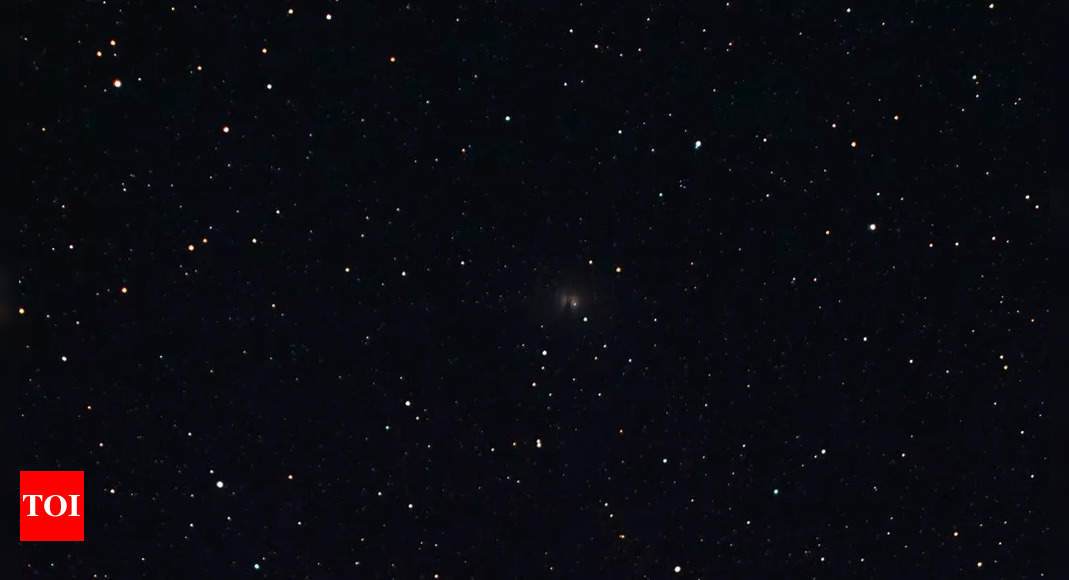Time: 2024-07-22
Any night now , a " new star " or nova will appear in the night sky . While it wo n't set the sky ablaze , it 's a special opportunity to see a rare event that 's usually difficult to predict in advance . The star in question is T Coronae Borealis ( T CrB , pronounced " T Cor Bor " ) , which lies in the constellation of the northern crown , prominent in the Northern Hemisphere but also visible in the northern sky from Australia and Aotearoa New Zealand over the next few months . Most of the time T CrB , which is 3,000 light years away , is much too faint to be seen . But once every 80 years or so , it brightly erupts.

A brand new star suddenly seems to appear , although not for long . Just a few nights later it will have rapidly faded , disappearing back into the darkness . During the prime of their lives , stars are powered by nuclear fusion reactions deep inside their cores . But T CrB is well past its prime and is now a white dwarf . Its internal nuclear fire has been quenched , allowing gravity to dramatically compress the dead star . T CrB also has a stellar companion a red giant that has puffed up as it enters old age , creating an accretion disc around the dead star.
T CrB is the brightest of a rare class of recurrent novae that repeat within a hundred years . The earliest known date of T CrB erupting is from the year 1217 , based on observations recorded in a medieval monastic chronicle . The star 's two most recent eruptions in 1866 and 1946 showed the exact same features . T CrB entered its high state in 2015 and the pre - eruption dip was spotted in March 2023 , setting astronomers on alert . Amateur astronomers around the world are monitoring T CrB for the first signs of eruption.
As a result of an explosion in the constellation of the Northern Crown , a new star will appear in the night sky . This star is called T Coronae Borealis and it will be prominent in the Northern Hemisphere but also visible from the northern skies of Australia and New Zealand , occurring some 3,000 light years away from Earth . The outburst will be brief ; the maximum brightness will last only a few hours , and within a week it will begin to fade away . T Coronae Borealis , also known as Blaze Star , is a binary system composed of a white dwarf.
The stripped away hydrogen accumulates over the surface of the star which builds further pressure and heat , triggering an explosion . This phenomenon occurs every 80 years for the Blaze Star . The new star will be visible for only a few nights and then will disappear into darkness . T CrB was first sighted more than 800 years ago in 1217 , discovered by a German man called Burchard , an abbot of Ursberg . This rare phenomenon allows astronomers and amateur scientists to look at novas closely , collect data , and contribute to the research on celestial objects . The nova is expected to erupt before October , so stargazers are advised to keep note and look at the sky for this star.